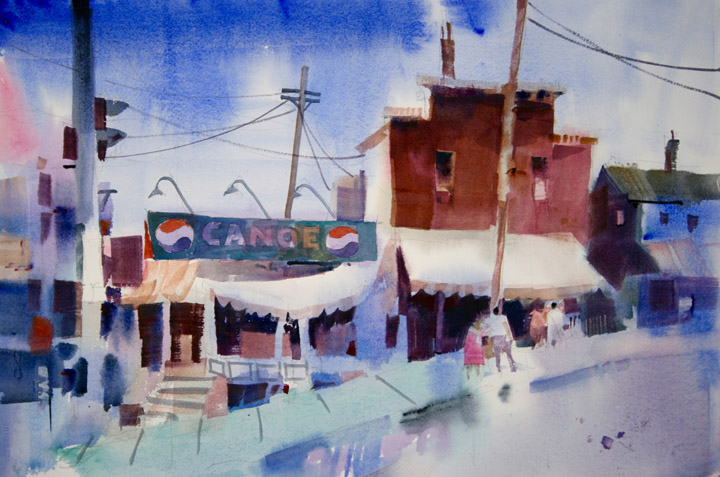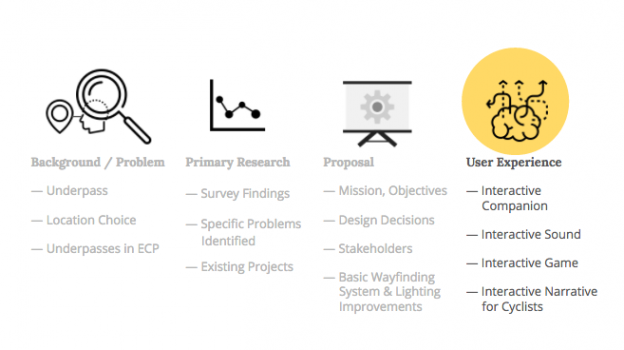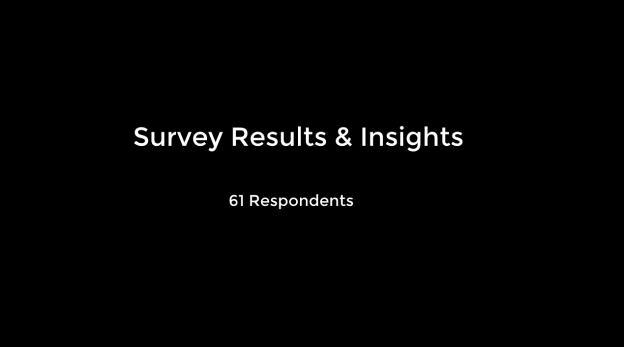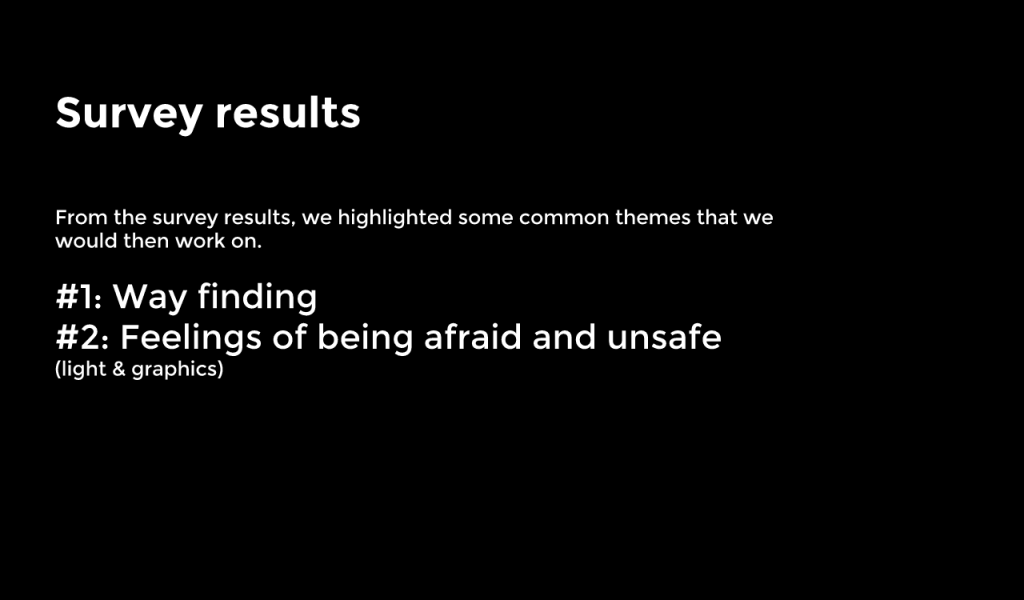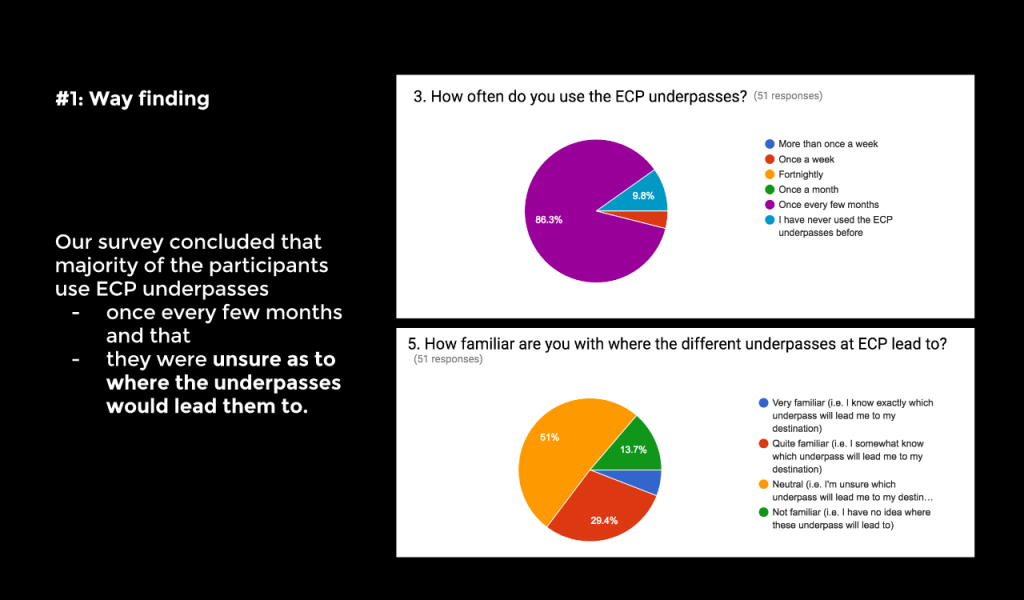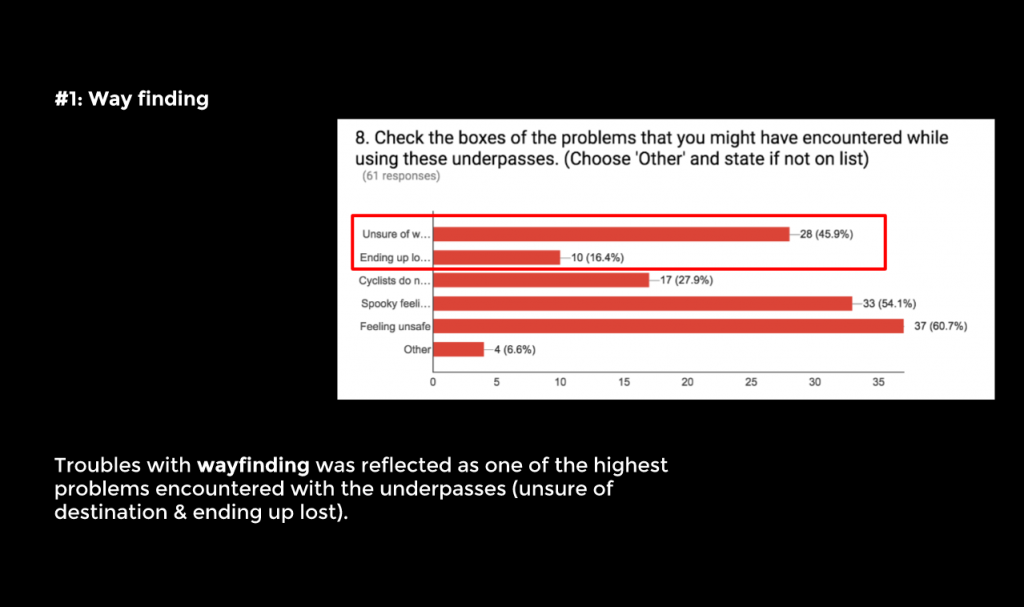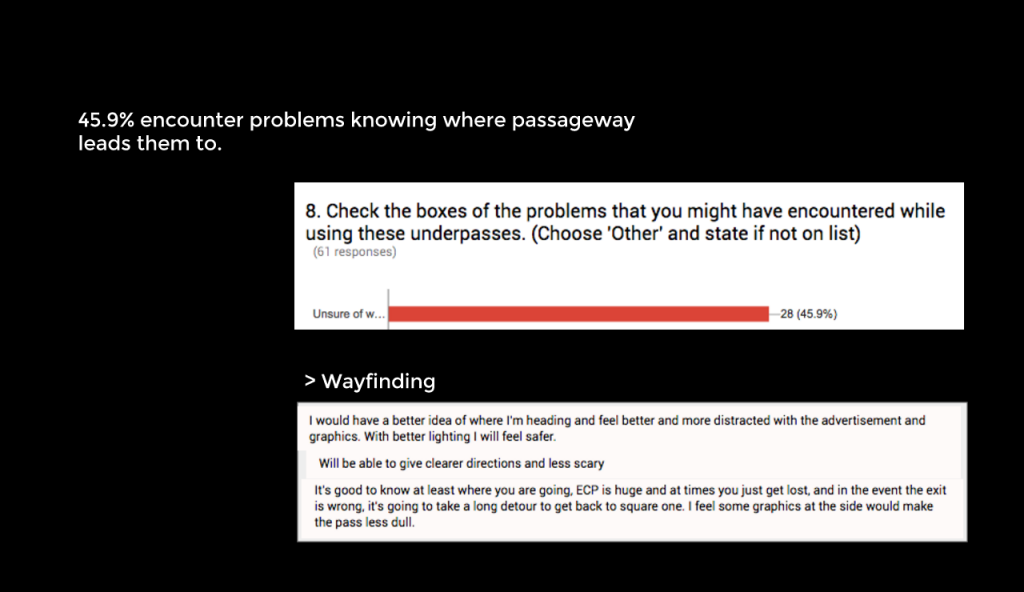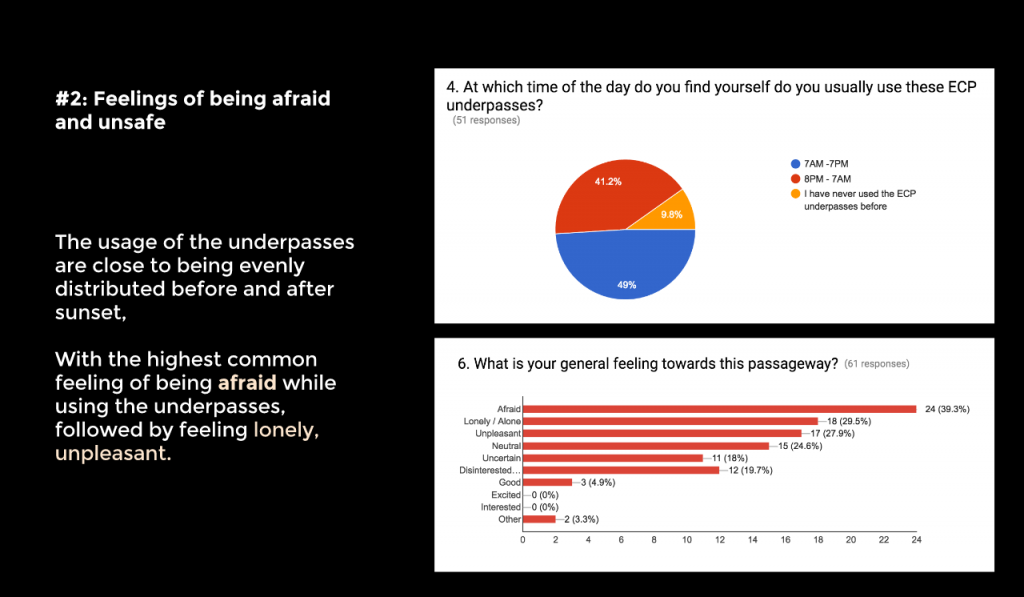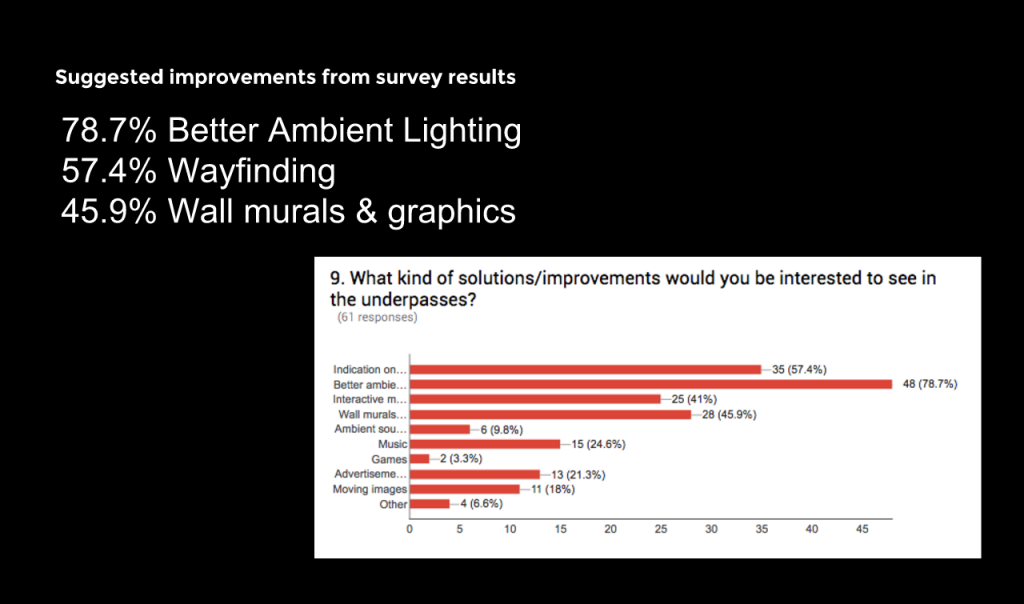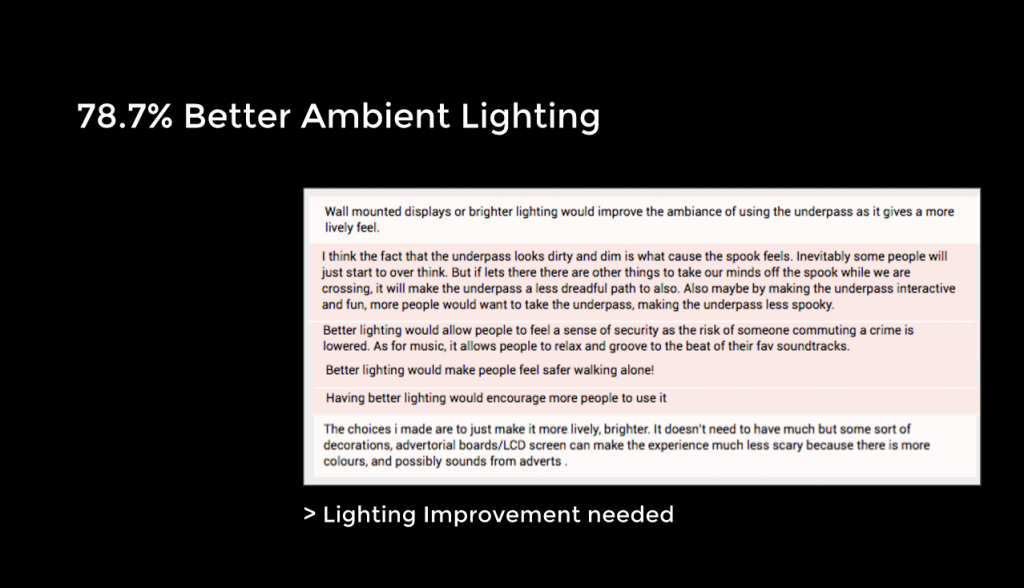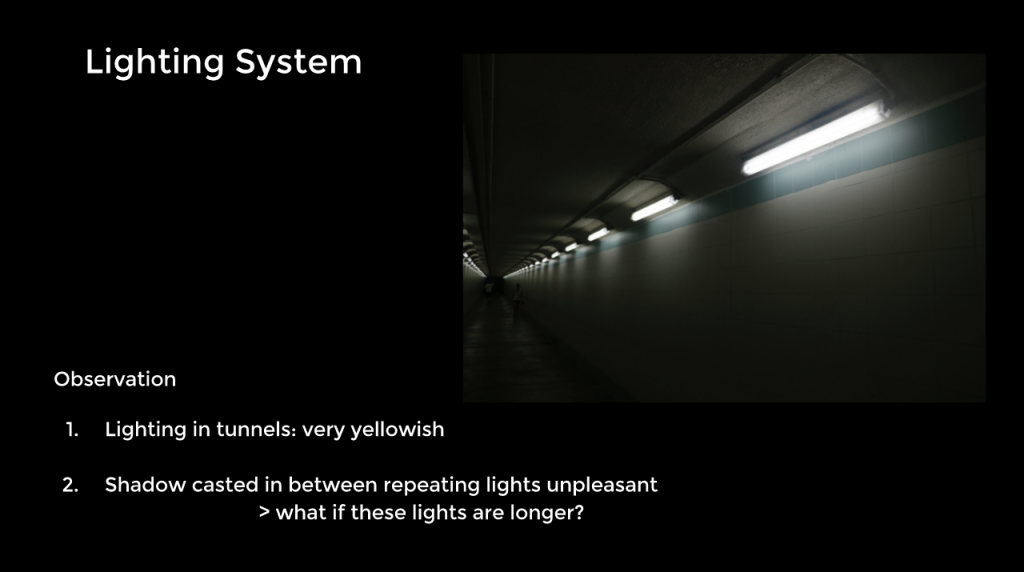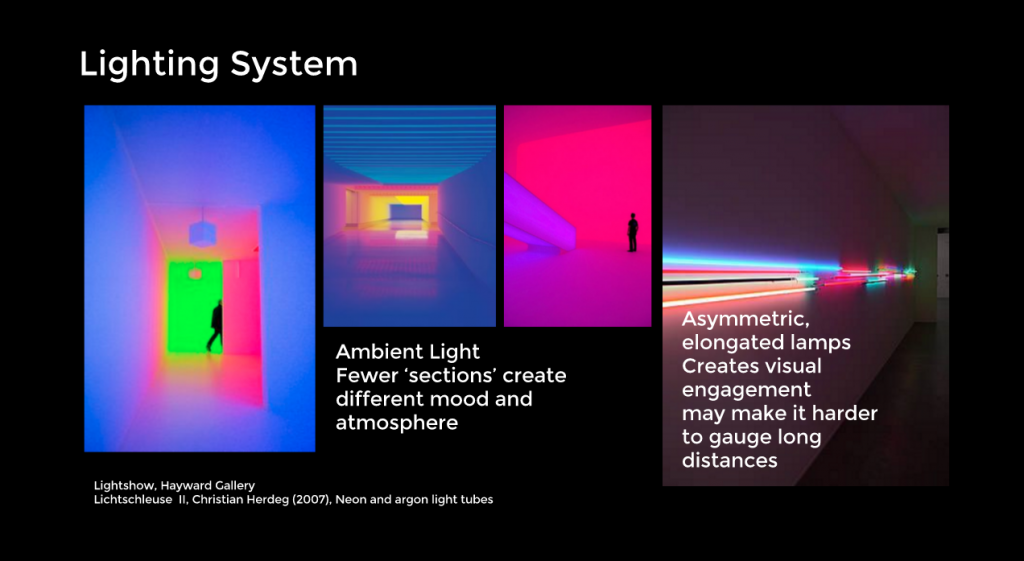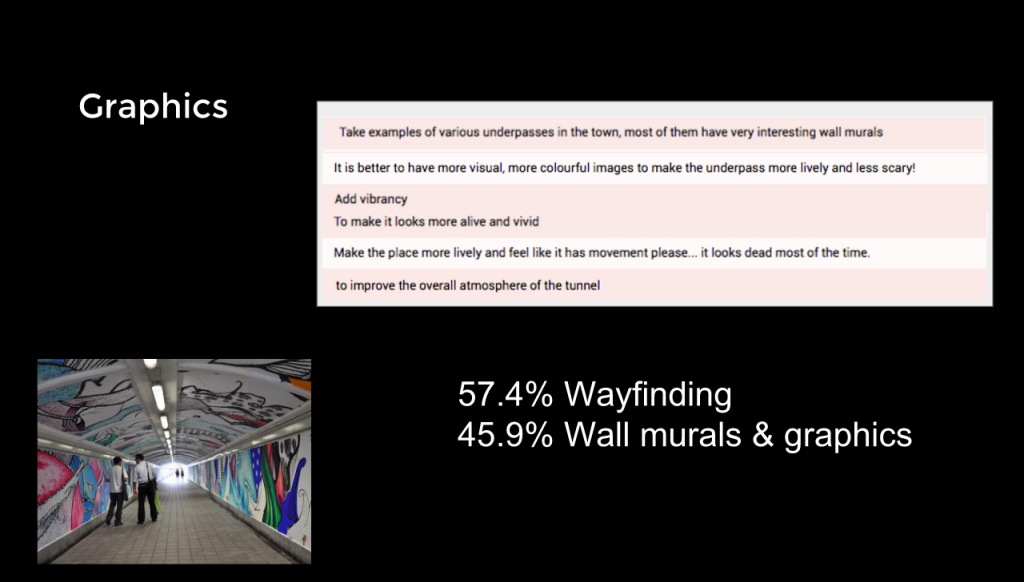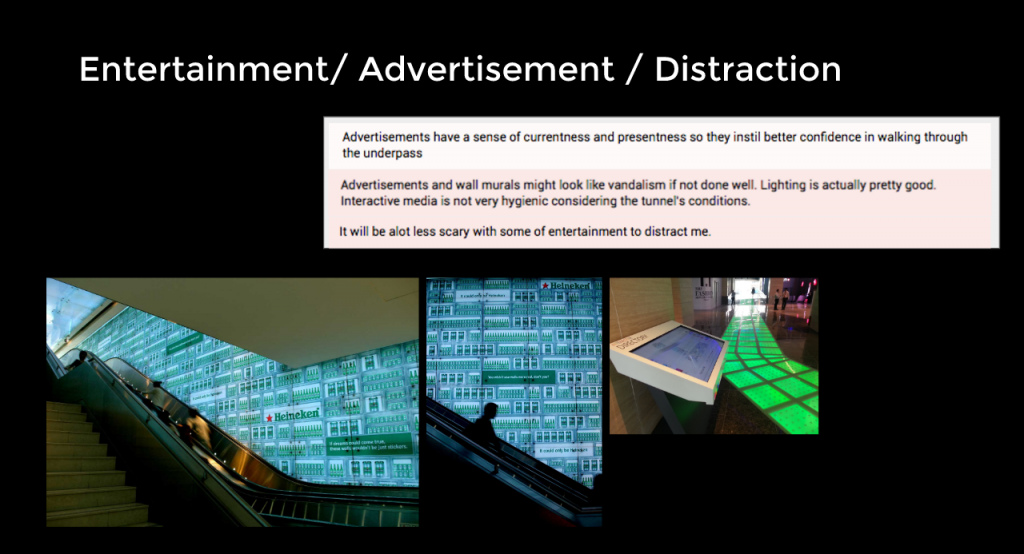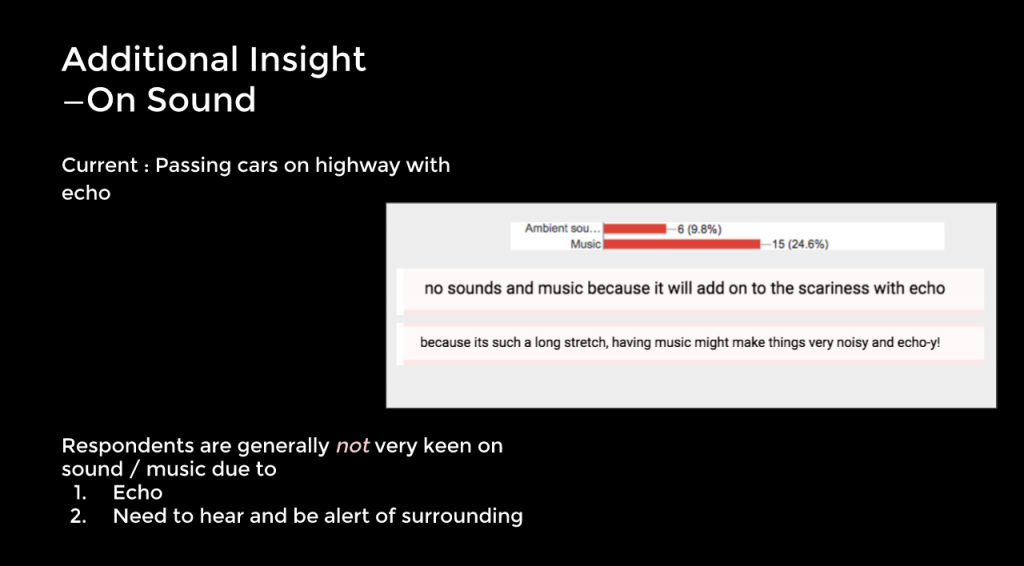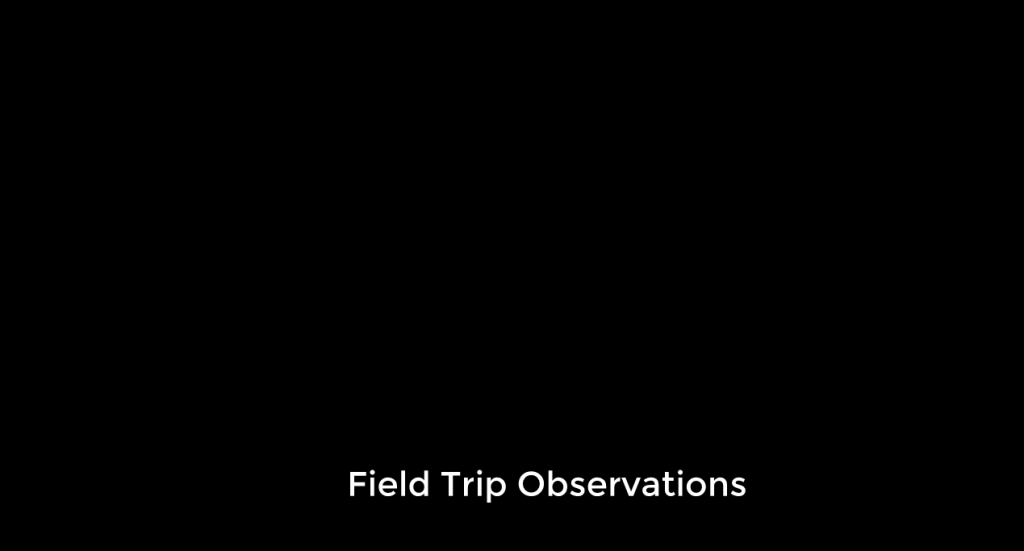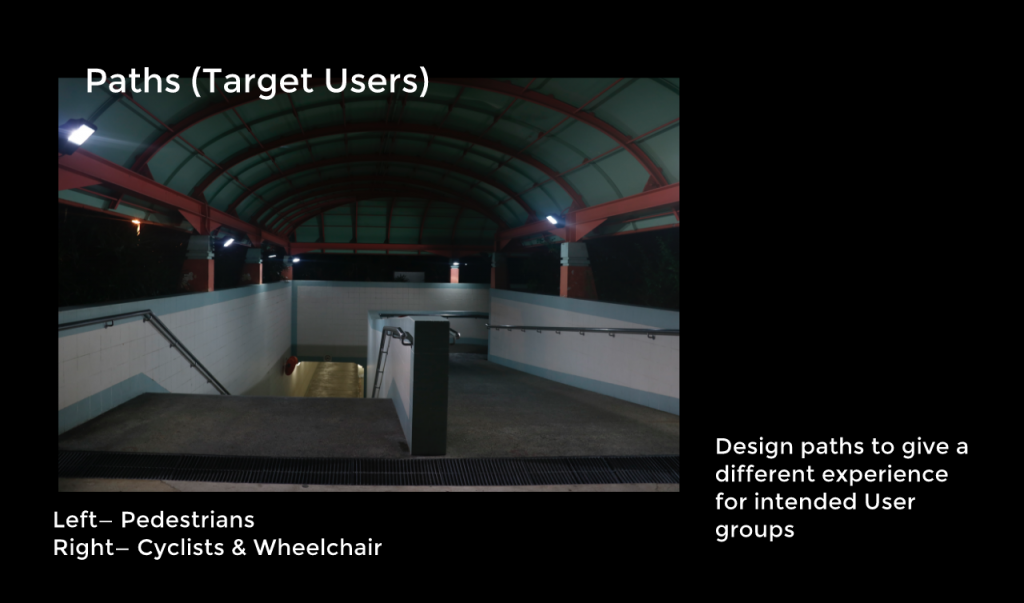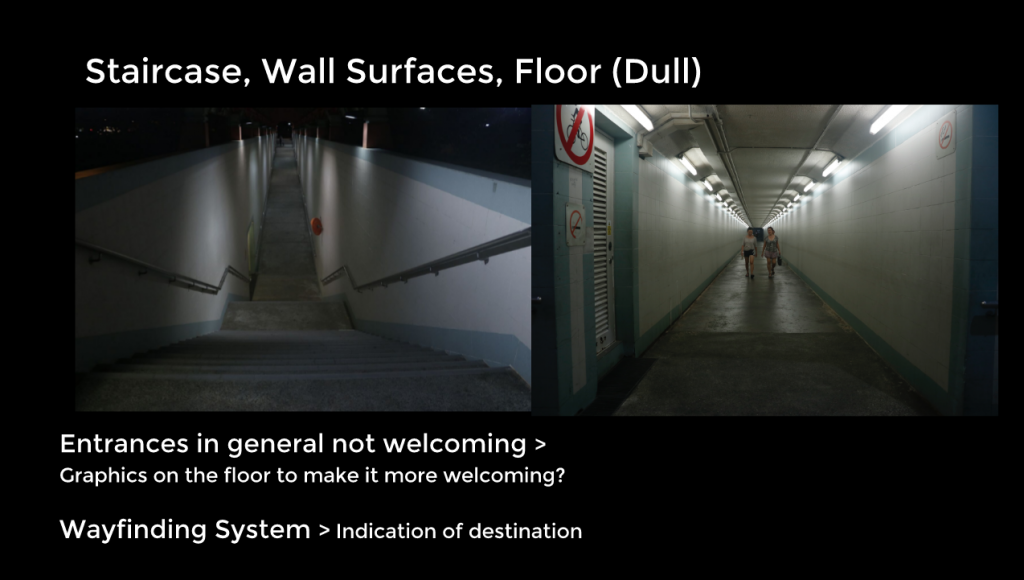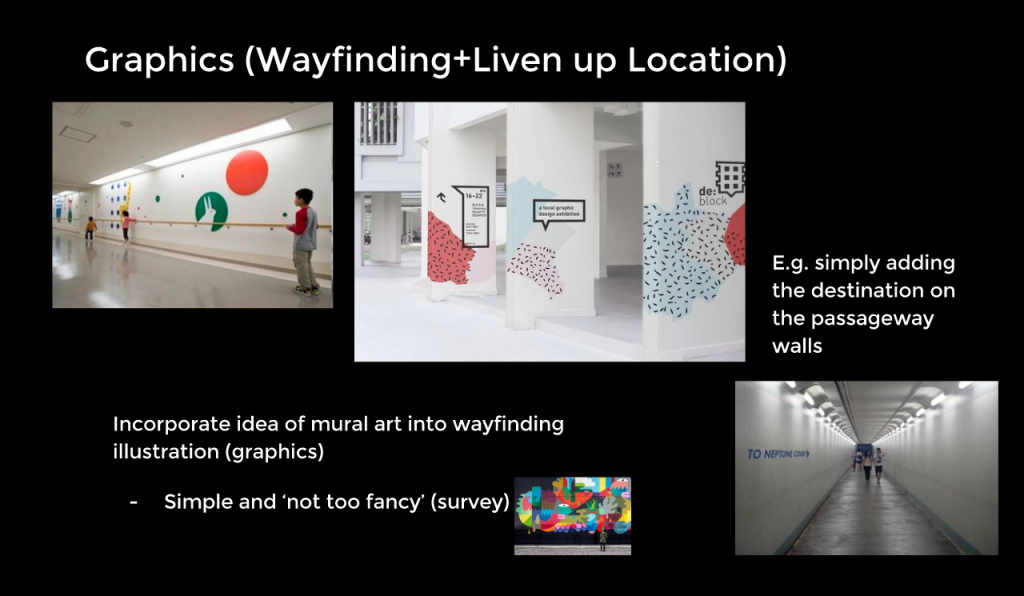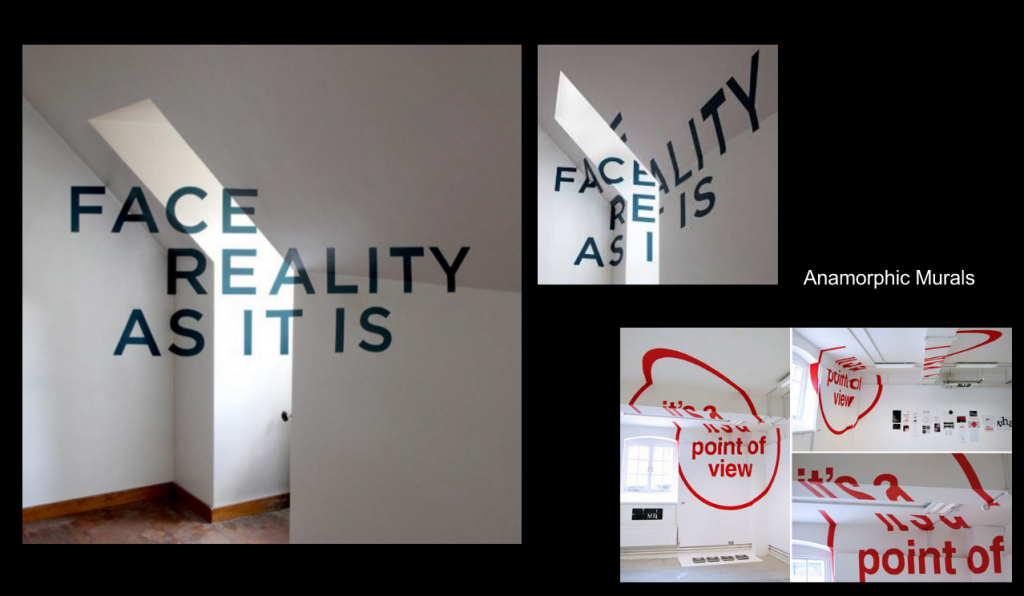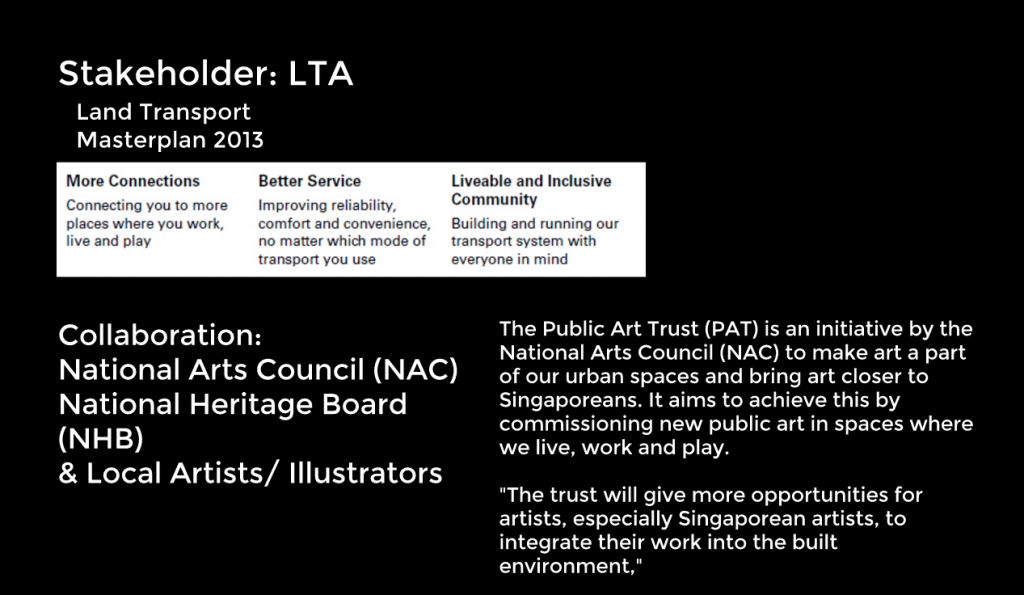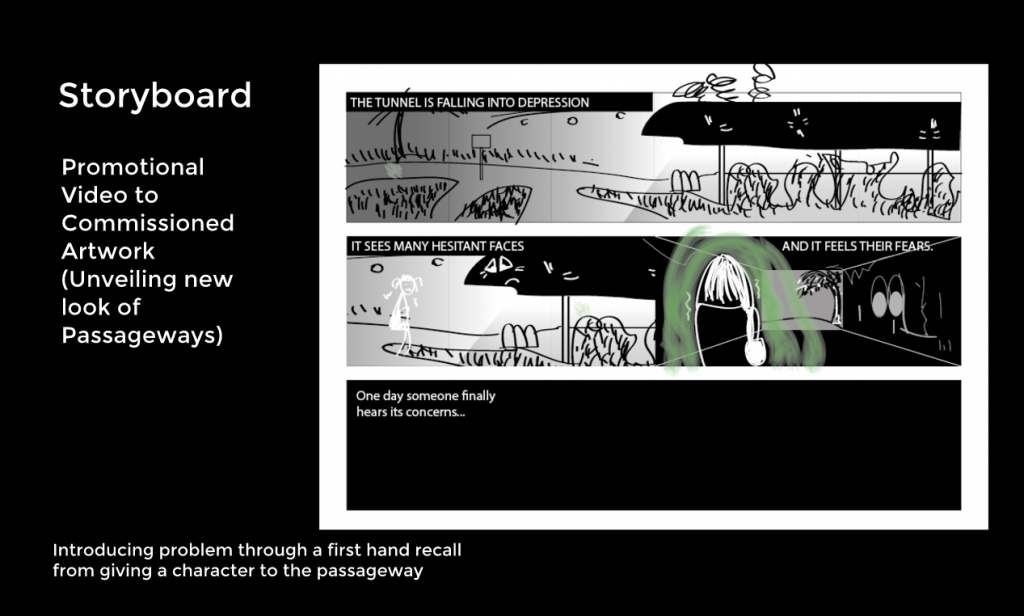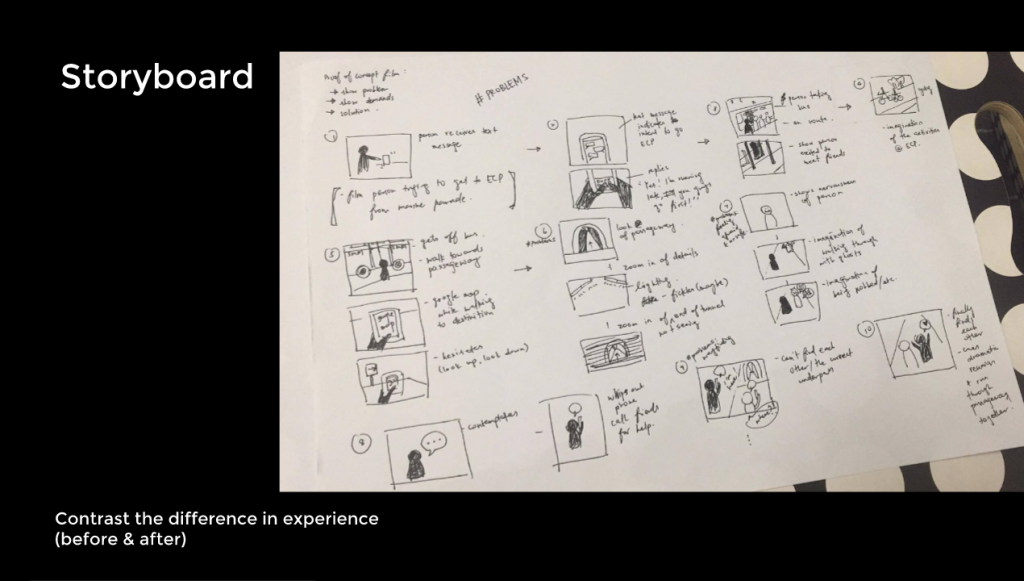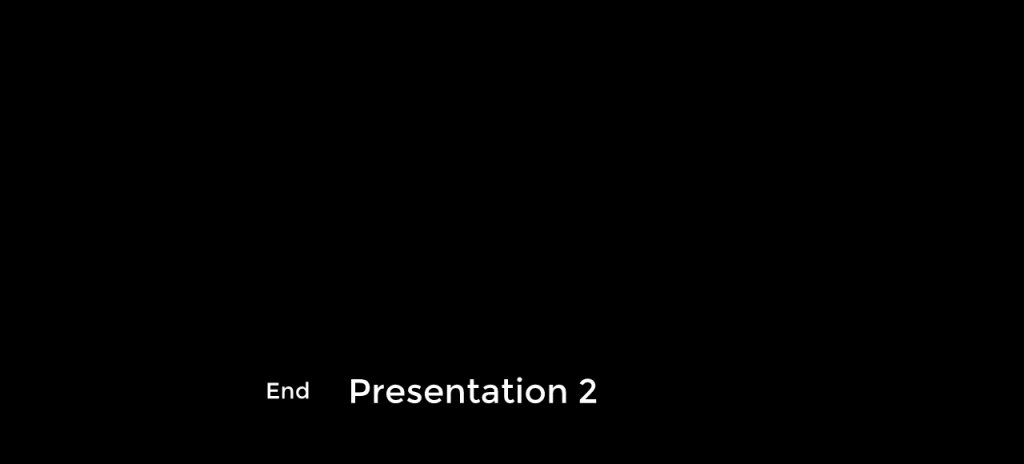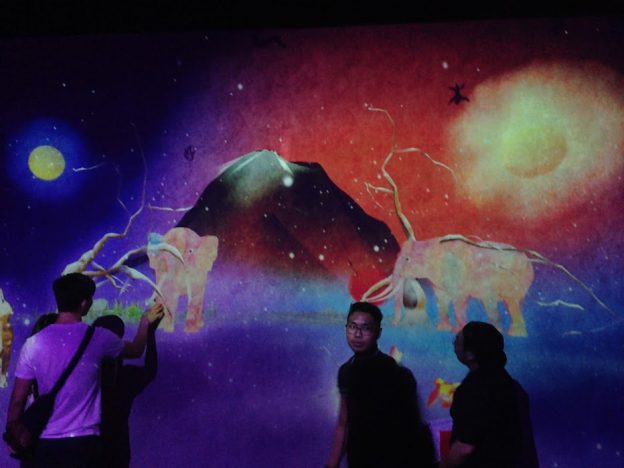
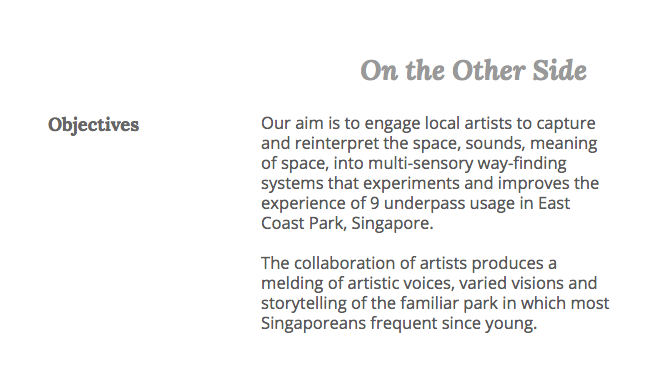

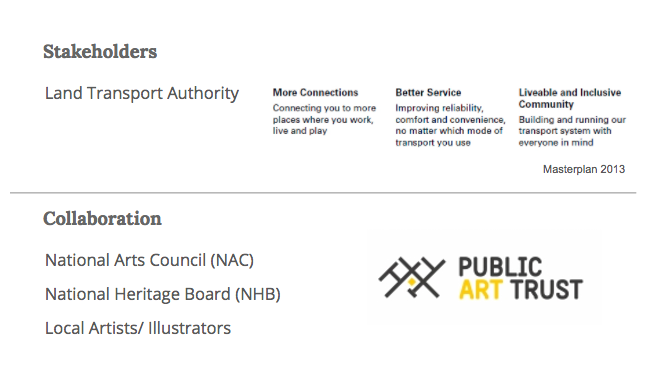

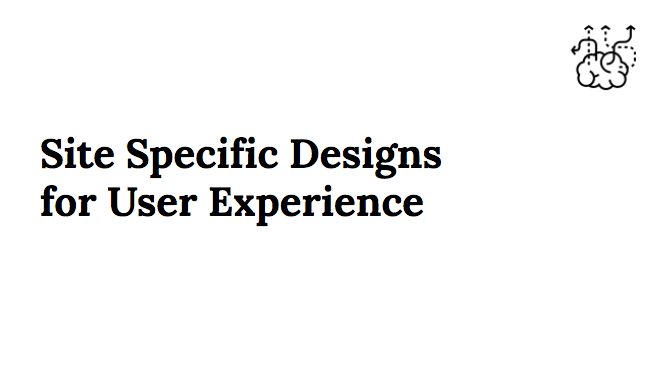
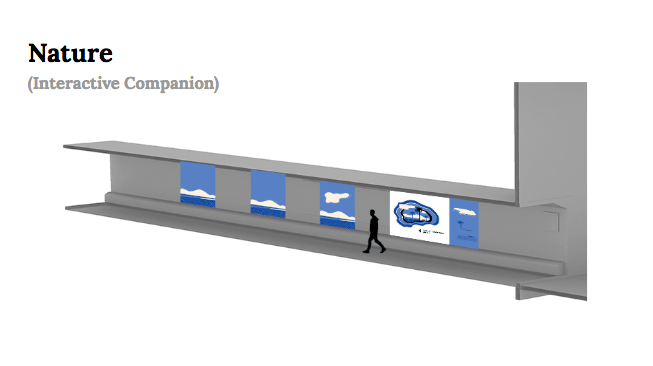
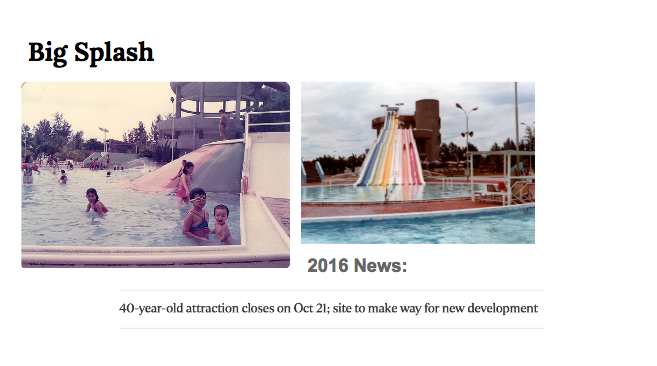
- In its heyday, Big Splash was known for having the tallest water slides in Singapore.
- Though the flumes and water park were demolished a decade ago, the attraction has retained its name and still pulls in 300,000 visitors a month with its dining and recreation amenities.
- But after 40 years in operation, the establishment is going out.
- It has closed its doors on Oct 21 this year, to make way for a new development on this plot of land, details of which are yet to be revealed.
- Fans of the park, including those who remember its original format, are sad to see it go.
- It is a place with collective favourite memories of many Singaporeans who got to play at the colourful water slides. Back then there was no Wild Wild Wet or Adventure Cove , so Big Splash was very adventurous and exciting.

This special installation will be implemented on the underpass connecting to the former Big Splash area.
How it will work is that as user walks from one end to the other, light will be projected from the peripherals and continues the light play as he progresses, creating this gradient of colors inspired by the water slides.
Using the colour palettes of the the old BIg Splash slides— it is as though the user is going through a tunnel to the past.
On top of that, sounds of Big water splashes will be played when the users intersect and passes by each other.
Depending on the traffic flow, the water splashes can be as frequent as one would hear at water parks.
This simple light and sound installation would possibly reminds users of fond memories; Contemporary take to commemorate the Big Splash
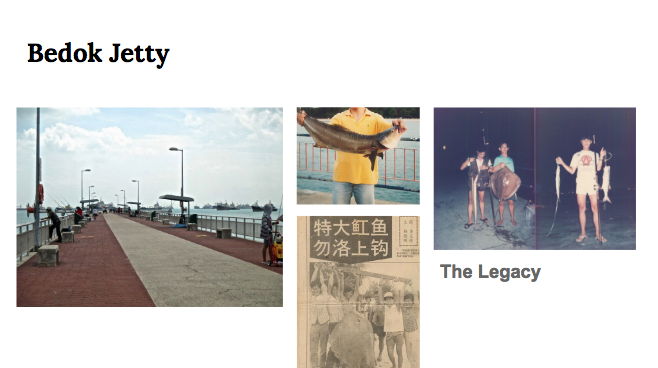
Moving on, Bedok jetty is one of Singapore most popular salt water fishing spot. Being 300 meter extended out to the sea, it is a rare deep water place to fish in Singapore.
Because of its wide appeal, it attracts scores of fishing enthusiasts, of various levels of experience, pitching their lines daily.
Since Bedok Jetty offers both shallow and deep water fishing, the potential catches are naturally diversified. More ‘exotic’ marine life are up for grabs.
It is said that with experience, you may even catch barracuda sharks and stingrays.
It is a place with legacy and history. There are many huge catches over years with small and big catches up to as heavy as a person, 63 kilograms.
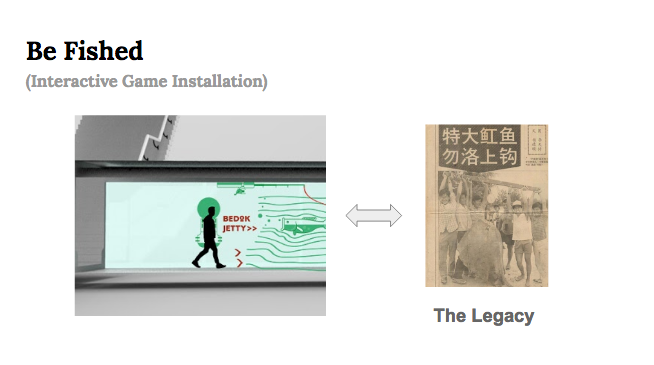
At the underpass leading to the jetty in Area F, an interactive game installation game hopes to document and educate the users of the rich biodiversity in ECP, celebrating the huge range of species of Large fish caught every year.

How the game works
Life-sized fish is animated on screen and “living” in the screens. As the user walks by, the fishing rod baits follows them. Therefore, the user can choose to guide the bait to the fishes, attempting to catch them. After they successfully bait the fishes, a different species of monstrous fish will then generate along the way again.
At the end of the walk, a kind reminder: (Be A Considerate Angler) will be generated to remind users to care for the environment.
With so many people fishing regularly in parks, it’s important to keep the area pleasant and clean for all users.
This site-specific installation involves the user to ‘bait’ fish using new media, and showcases the of monstrous fish caught over the years, who says Singapore doesnt have a rich biodiversity?
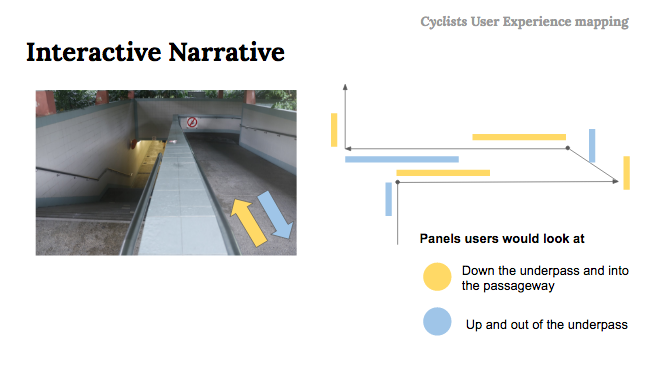
At the other side of the underpass, we noted that there is a different form of user experience for the cyclists. Instead of a route, cyclists actually have to move with my turns. We walked and observed on what they will see as they navigate the space, and noted how the dual directions actually sees different panels of the walls.
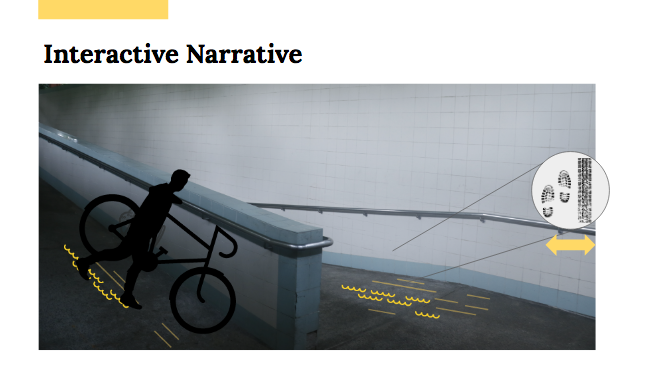
The usual signs we see are these usual “no-riding or else you will be fined” signboard in an attempt to scare the cyclists into complying by warning them about the consequences, we would suggest a more encouraging tone to “dismount and push” instead.

WIDTH
If cyclist did not dismount and cycles on the bikes, the narrow width of the bike would not activate the sensors.
Instead, it encourages users to dismount and push and enjoy the beautiful graphical projections that will be activated by them as they walk.
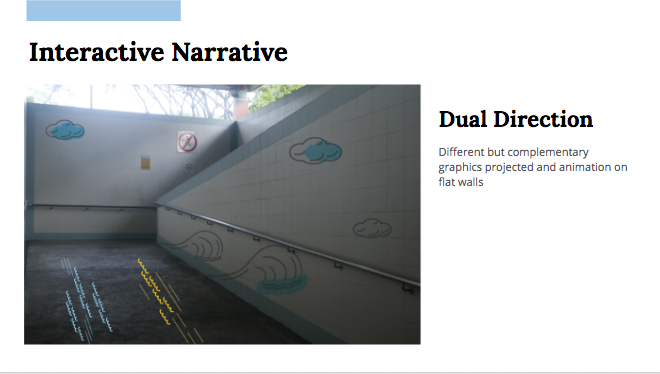
Dual Direction > Different, but complementary graphics projected & animated on flat walls
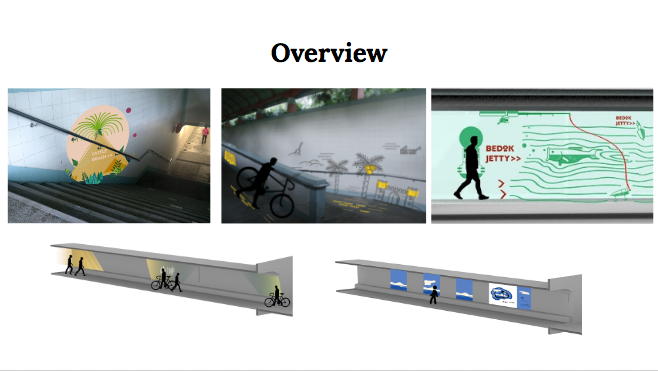
Catering to different location & context, the user experience for each underpass would be different;
We hope that the engagement of local artists to capture and reinterpret the space, sounds, meaning of space, into multi-sensory way-finding systems can improve the experience of 9 underpass usage in East Coast Park, Singapore.





